Dimensions: Sleeve length: 139 cm - height: 89 cm
Originally, the haori was an exclusively masculine garment, worn by powerful warriors "the samurai" who made it a sort of coat worn over their breastplates.
The colors and decorations visibly designated the clan to which they belonged. When this jinbaori lost its military function, it transformed into a jacket with or without sleeves and whose shape evolved over time.
The haori does not cross in front but is closed with a himo (silk cord), leaving a space between the two sides.
The Shōwa era (昭和時代, Shōwa-jidai, lit. "era of enlightened peace" is the period in Japanese history when Emperor Shōwa (Hirohito) ruled the country. It began on December 25, 1926 and ended on January 7, 1989 It is also the Japanese era which follows the Taishō era and precedes the Heisei era.
It was the longest reign of all Japanese emperors ## The Shunga: In Japan, erotic art. has a long history, whose golden age stretched from the end of the 17th century to the end of the 19th century, illustrious or little known, the artists of this period created thousands of shunga - a euphemism which means "images. of spring" - often explicit, but also full of tenderness, sensuality and humor, sometimes also with an educational aim, these paintings, prints and illustrated books celebrate all the facets of human sexuality.
Extremely popular and perceived. as perfectly normal in Japanese society of the time, these works are part of a refined culture, in search of pleasures: that of the “floating world” (ukiyo), glory of Japan of the Edo period, where many of them were born. Shunga were popular with all walks of life, from samurai to newly married couples - especially after the advent of woodcut, a printing technique that made "spring images" affordable and easy to find. You could even borrow shunga books from libraries.
Almost all artists of the famous ukiyo-e movement produced "spring pictures", including Hokusai, Utamaro and Kuniyoshi. Testifying to a fertile imagination and perfect technical mastery, these works are of great originality.
Thanks to the impressive diversity of images, the Shunga show us the whole range of sexual practices and their representation in Japan.
Shunga addresses the issues of nudity and clothing, voyeurism, gods, monsters and animals, orgasm, adultery and jealousy, and many others.
The symbols and motifs (often hidden) allow us to decipher, understand and fully appreciate this artistic genre.
Long remaining taboo, shunga were, until recently, banned from the field of research; they are an integral part of the history of art, culture and society of Japan.
FREE SHIPPING TO FRANCE! FRANCE 0€ / EUROPE 15€ / WORLD 25€
For all requests for information, do not hesitate to contact me on 06 13 36 09 30 or on winsteinprovence@gmail.com
www.winsteinprovence.com





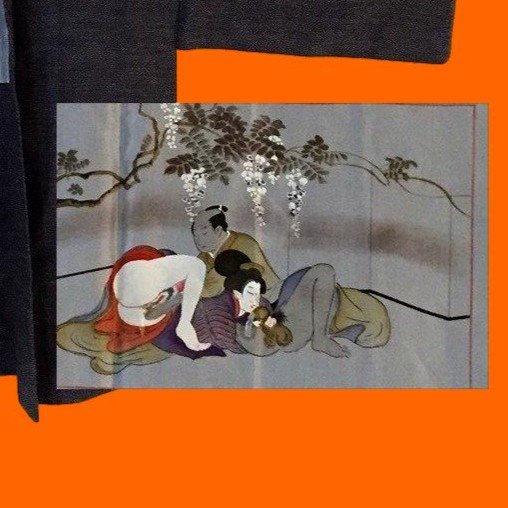
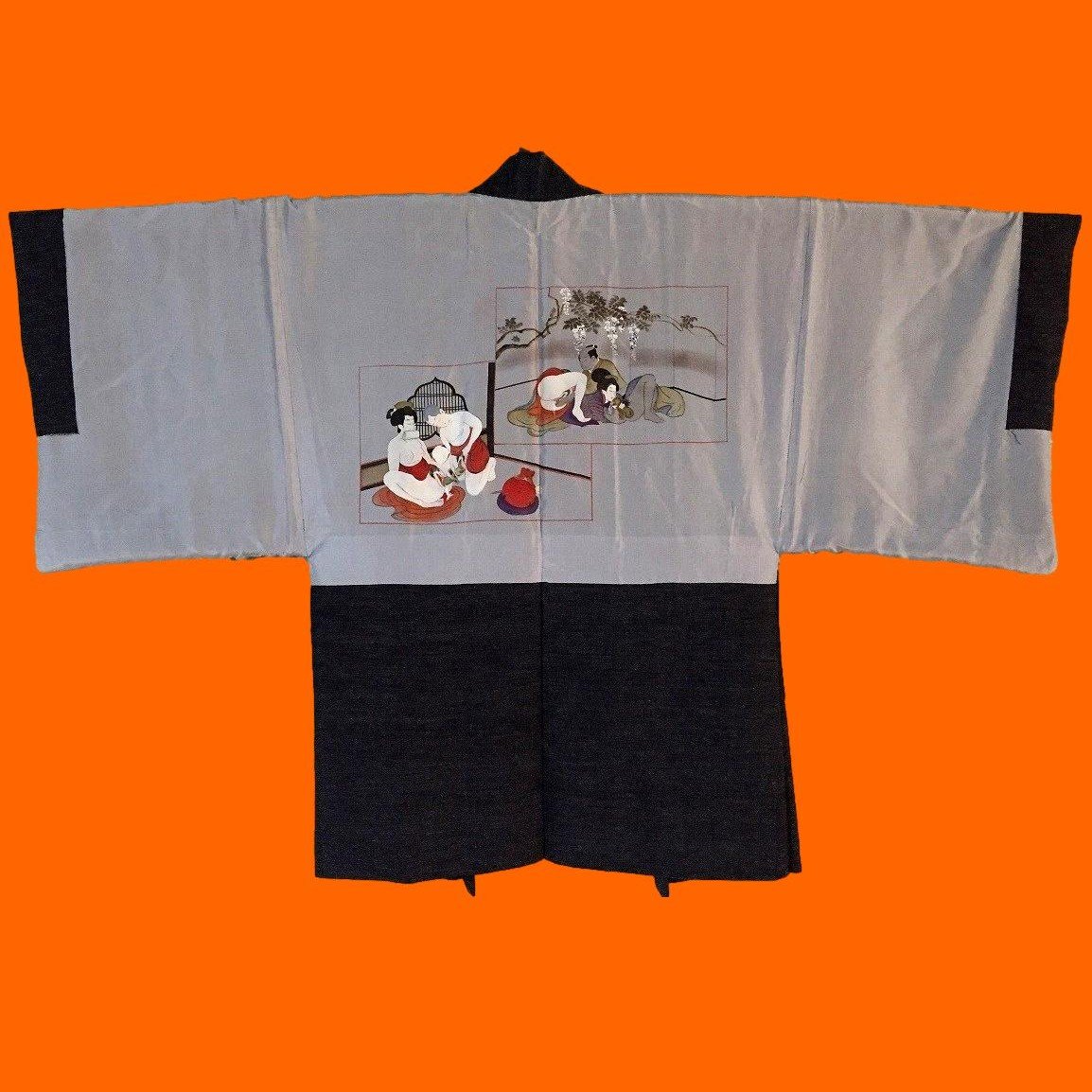
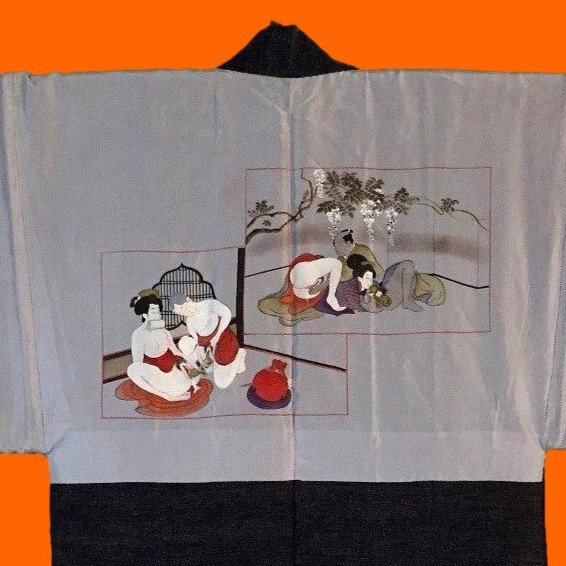


















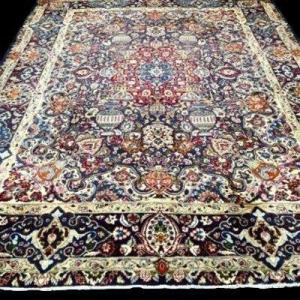






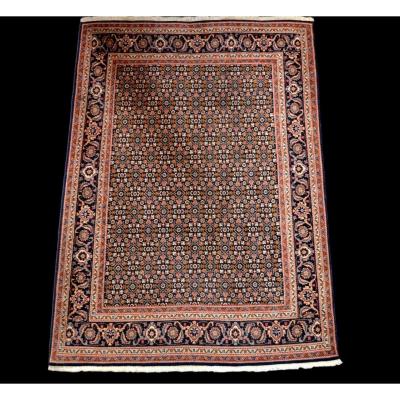
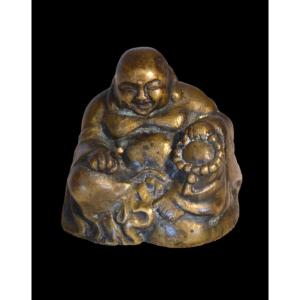

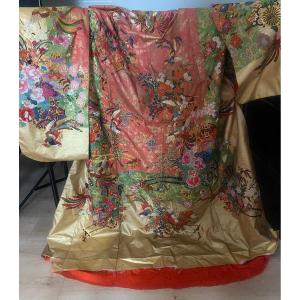
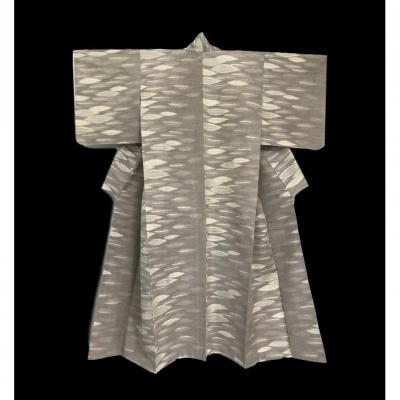
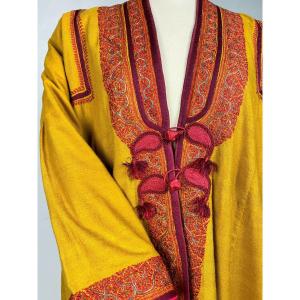
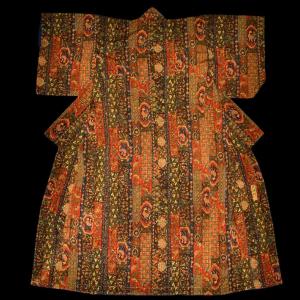




 Le Magazine de PROANTIC
Le Magazine de PROANTIC TRÉSORS Magazine
TRÉSORS Magazine Rivista Artiquariato
Rivista Artiquariato